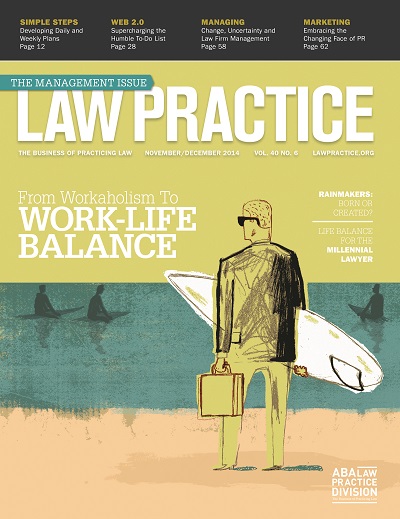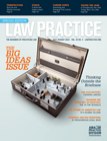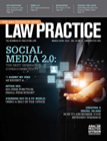 Join me on February 13th in Washington, DC for a full-day tutorial on media and press relations, presented by the ABA Journal, in conjunction with the ABA Center for Professional Development.
Join me on February 13th in Washington, DC for a full-day tutorial on media and press relations, presented by the ABA Journal, in conjunction with the ABA Center for Professional Development.
I still recall my old friend Dan Leary telling me about a conversation they were having in the Major Indoor Soccer League office back in 1986. I was the PR Director of the New York Express and Sports Illustrated had sent top reporter Franz Lidz to spend the week shadowing the team. He was writing an SI piece about the importance of the New York franchise to soccer in the United States. Leary told me that in the league office they were trying to guess how high in the story I would be quoted. The answer was paragraph two. I might have been 23 years old, but I knew how to get myself quoted and interviewed–on TV, in the New York Times, Washington Post, SI and major dailies throughout the country.
In my pro sports days, I was known as a go-to guy by the media–for quotes, for off the record stuff, for ideas to fill a column or a TV interview. If you were a journalist, you knew that I’d call you back fast, tell you something you did not already know, and provide a colorful quote (even if I was giving an evasive answer). When I needed a favor–put this in the paper, don’t put this in the paper, quote this guy, do a feature on this player–I was paid back for being a reliable source. Some of the stuff I pulled was pretty clever. But even today, I would not write about it or give specific examples–I’m not sure the statute of limitations has run on everything. And many of those conversations and interactions were certainly off the record. But I was not a lawyer yet, so the Rules of Professional Conduct did not apply.
 If you would like to hear a short podcast discussing how legal advertising has changed due to the internet and social media, how to launch a successful marketing campaign without getting into trouble with state bars, and some advice to small and big firms about advertising in certain practices and geographic regions, LISTEN HERE to the podcast on the Legal Talk Network. Thanks to interviewer Jason Marsh, Adriana Linares and the LTN team for the opportunity to chat during the ABA Midyear Meeting in Houston, Texas.
If you would like to hear a short podcast discussing how legal advertising has changed due to the internet and social media, how to launch a successful marketing campaign without getting into trouble with state bars, and some advice to small and big firms about advertising in certain practices and geographic regions, LISTEN HERE to the podcast on the Legal Talk Network. Thanks to interviewer Jason Marsh, Adriana Linares and the LTN team for the opportunity to chat during the ABA Midyear Meeting in Houston, Texas. Marketing Attorney Blog
Marketing Attorney Blog








